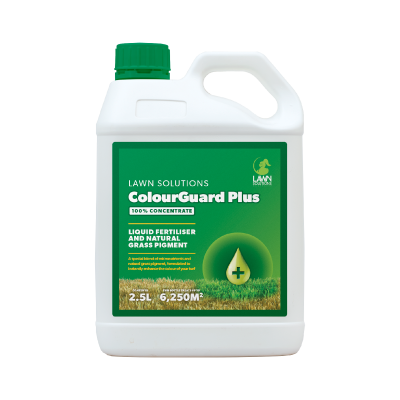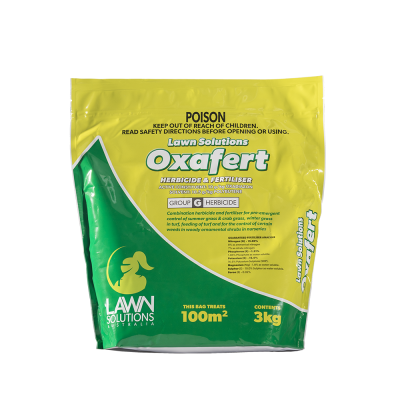Why Ants Play an Important Role in your lawn
Ants and other insects play an important part in our lawns and our gardens ecosystem. In small numbers they can assist in creating a healthy soil by aerating the ground through underground tunnels. However, when large infestations of these critters start to appear, they can cause both cosmetic and root damage to your lawn.
Why are there ants in my lawn?
Ants help create a balanced ecosystem in our gardens as they help break down plants and help get rid of dead insects.
Ants will feed on the dead bugs, beetles, leaves and other organic material that can be left sitting in our gardens. This will then be brought down into the ant nest which is commonly located underneath the soil. As this material decomposes it can act as a natural fertiliser for your soil.
What ants make up an ant colony?
All ants within a colony play an important role in bringing in food, protecting the nest and ensuing the colony is populated enough to last into the future.
In every colony there is a queen ant. She is responsible for laying all eggs for the colony, so that they will continue to survive and thrive into the future. The queen is located deep within the ant colony so that she is protected from any predators who try to get into the nest.
Male ants, also known as Drone ants, only have one job. This is to mate with the queen ant to ensure that the nest will continue to grow.
Female ants in the colony are responsible for building and maintaining underground tunnels and the nest itself. Other female ants will go beyond the nest to look for food, while others will protect the colony from other ant colonies.
Why are we sometimes anti-ants?
Ants are territorial insects who will protect their nest. When ants become territorial, they can often bite and sting the person or thing they become threatened by. This can often lead to painful bites.
Ant’s nests produce mounds above the ground, which can be of annoyance to some when mowing as they can cause damage to your mower blades. These nests also create an unpleasant appearance when you are trying to relax and enjoy your lawn.
How to spot an ant infestation
You can identify an ant infestation by looking at 2 factors:
- A significant number of ant mounds
- Dead and dry patches in the lawn with small holes usually nearby
Mounds are made up of dirt and sand. The ants will dig and build underground tunnels and nests within the soil. The material that is dug out by the ants is then left on top of the ground as mounds. These can appear in various spots across your lawn.
Dry patches caused by ants will only occur when there is an infestation present. These patches will occur when ants tunnel through the lawn and will eat through the root of the plant. This causes the green grass to turn yellow and start to die off.
When should I treat ants in my lawn?
When deciding whether to treat insects in your lawn, it is important to consider the impact you will be making to the ecosystem in your backyard. While ants can be annoying, they do play an important part in keeping your lawns ecosystem in balance.
Ants not only help control the number of small insects in your lawn, but they are also eaten by other animals in the garden, these include spiders, frogs and lizards. This means that when there is a balanced number of ants in your lawn, removing them will create a loss of food source for other animals living in your yard.
However, when there is a large infestation of ants, a pesticide may be required.
How to stop an ant infestation
There are a few different options that you can choose from when treating ants in your lawn. 2 Popular options are:
- Battle Insecticide
- SureFire Fipronil
When using these products, always use as per the label instructions.
If you are in need of advice to identify and treat issues with your lawn, get in touch with your local Lawn Solutions Australia expert.



